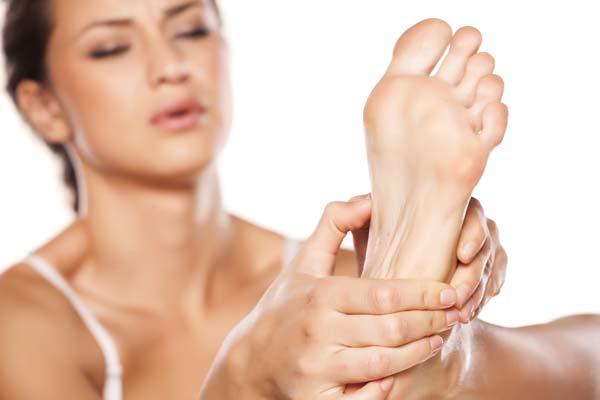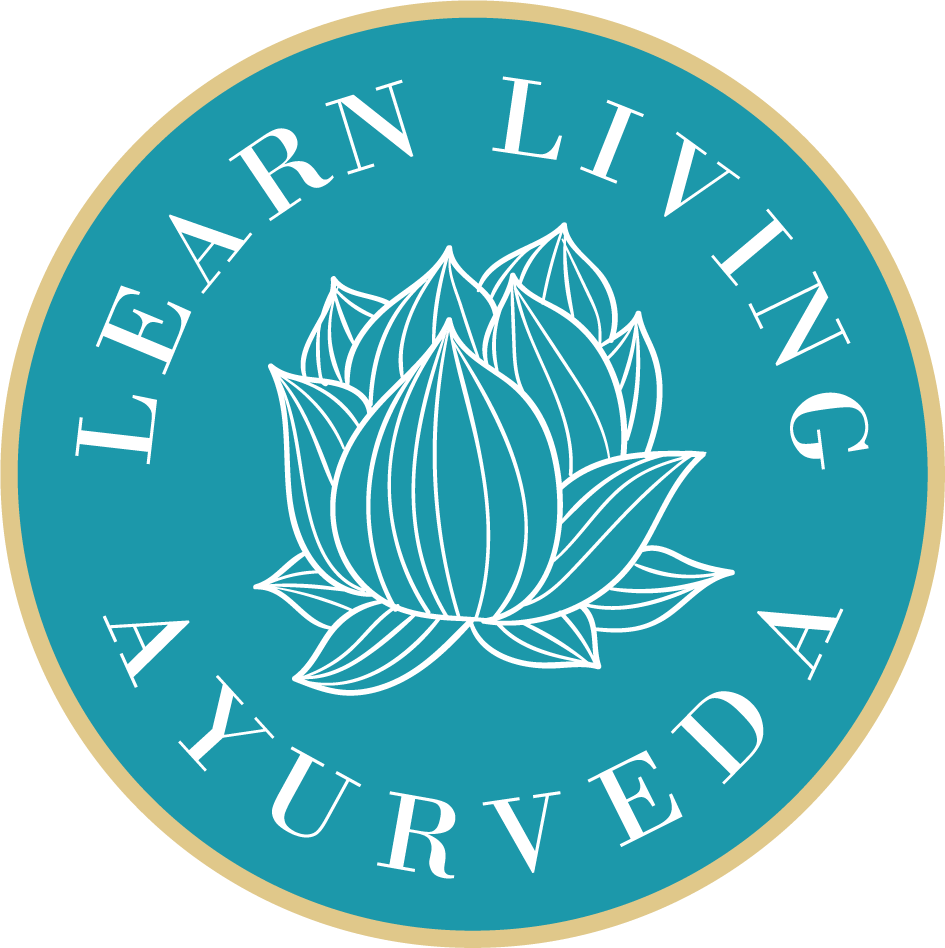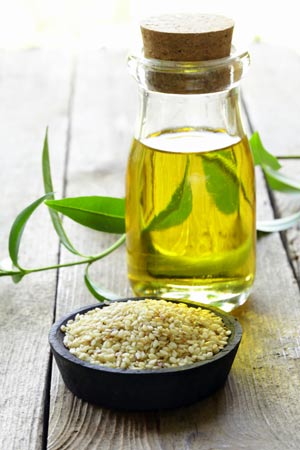
Oil Massage (Abhyanga)
We are deep into Autumn and the holiday season is upon us – cold, wind, dark and busy equals vata derangement! We can easily find ourselves feeling scattered, ungrounded and stressed. Immunity can be compromised and sleep disturbed. Vata needs balancing! Fortunately, Ayurveda comes to the rescue with the deeply healing practice of abhyanga.
Abhyanga may be the most beneficial self-care you can do. It combines the healing power of touch and oil to balance and restore the body and mind. The warm oil and comforting touch relax the muscles, calm the nervous system, soothe emotions and nourish the largest organ of the body—the skin! The sanskrit word sneha translates as both “oil” and “love.” So, oiling the skin regularly can impart the warmth and stability of feeling loved. To ease tension and relieve insomnia, the oil massage is best to do in the evening before bed and should include oiling the soles of the feet.
Massage with oil also has a significant detoxifying effect. By stimulating the tissues under the skin, it helps prevent toxins from accumulating in the system and helps them to drain to the gut for elimination. This simple 15 minute addition to your bathing routine has immediate and cumulative benefits. Even by doing abhyanga once or twice a week, you will notice the benefits of feeling more relaxed in your body and resilient to stress. This nurturing practice is simple and transformative. Enjoy!
How to Practice Oil Massage
1) Start with the oil most balancing for your prakruti and vikruti. Pour some oil into a small glass or plastic bottle; sesame oil is best for dry skin, tight muscles and high vata. If you need to reduce your pitta you may benefit from a lighter, cooling oil like coconut or sunflower. Those with increased kapha may use sesame oil (sparingly), corn oil, mustard oil or massage without oil. You can design your own oil by infusing dried herbs or adding aromatherapy essential oils to the base oil specific to your constitution.
2) Submerge the bottle of oil in a mug of hot water to warm the oil.
3) Create a warm and comfortable space in your bathroom.
4) Massage the warm oil from the soles of your feet upward to your legs and torso, and from your hands and arms inward towards your chest. Use long gentle strokes for your arms and legs. Massage your joints, abdomen and chest in circular movements. Reach as much of your back and spine with the oil as possible. You don’t have to do your face if you have sensitive skin and you can skip your head if you don’t want to get your hair oily. It is soothing and beneficial to massage the top of the head and ears with warm oil, if this appeals to you.
5) Allow this to be an unhurried, restorative time. You can stretch and breathe and enjoy the quiet or listen to soothing music.
6) After your body is coated lightly with oil, return to any sore or stiff joints or parts of the body that could benefit from more attention. This allows time for the oil to be absorbed and to nourish and detoxify the tissue layers. Then, bathe or shower in warm water.
7) There is no need to wash the oil off with soap. Let the hot water and steam from the shower or bath open the pores and allow the oil to soak in. (Taking a warm bath or shower after oiling rather than before is important as it opens the pores, allowing the oil to penetrate further into the body). Towel dry.
Caution: Abhyanga should be avoided in the first two trimesters of pregnancy, immediately after administering enemas, emetics or purgatives, during the first stages of fever, or if suffering from indigestion.

